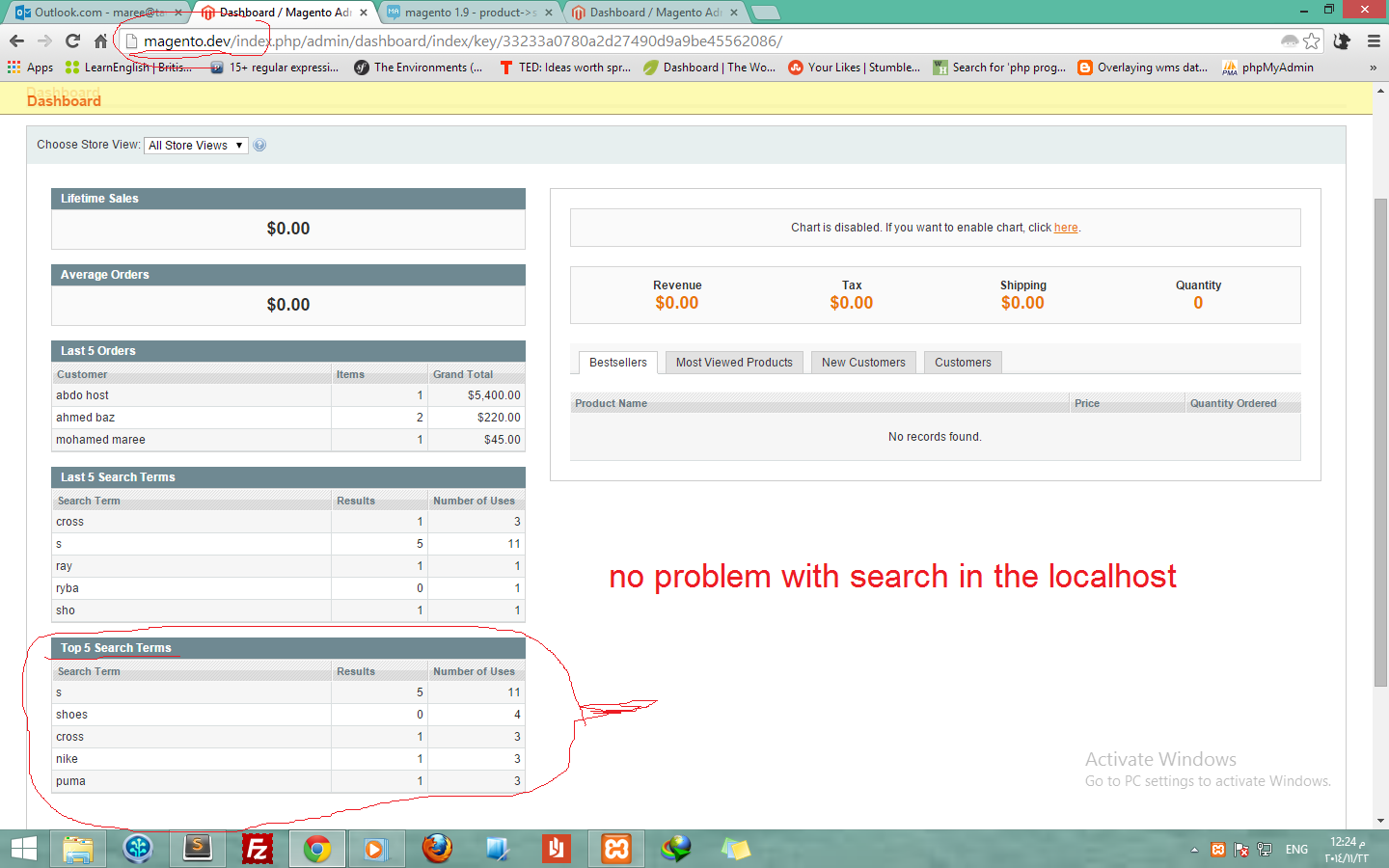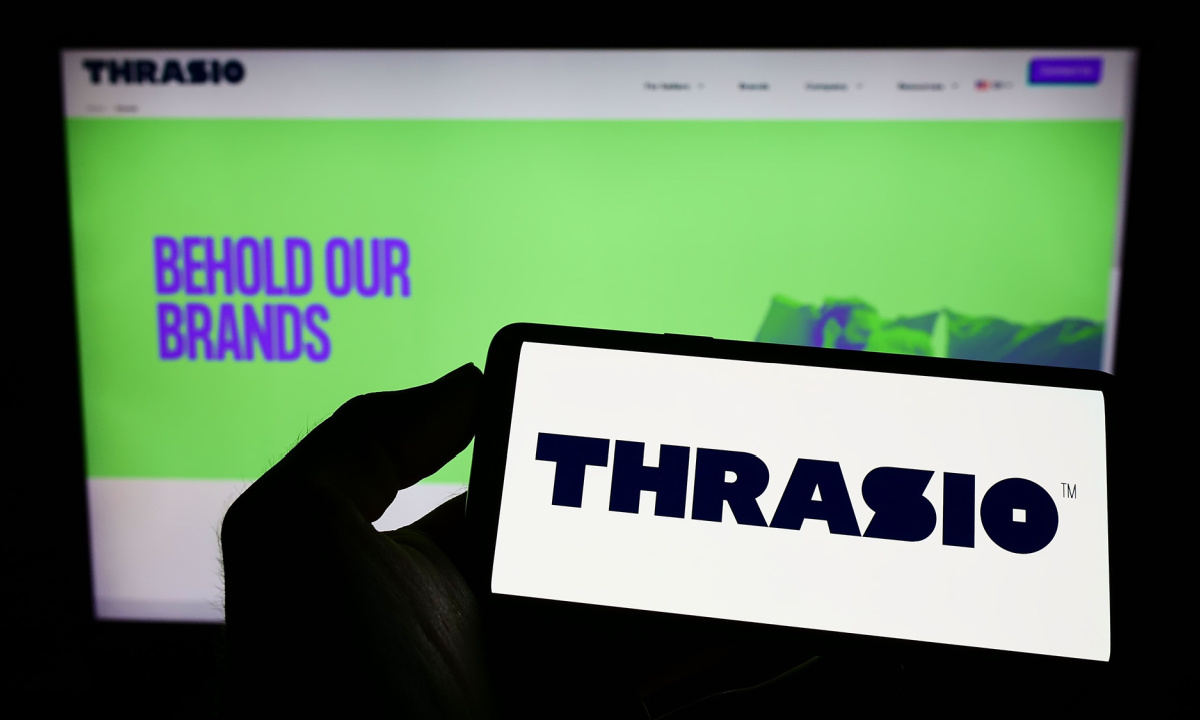E-commerce business owners have many ways of reaching their audiences these days. Platforms like Amazon, eBay, and Etsy are great tools for selling your products. Why wouldn’t they be? They were built for buying and selling.
What we will look at today are the easier, more accessible alternatives to these websites: social media. There are at least eight sites best for growing your e-commerce business. It just takes a short read through a backgrounder on e-commerce and a guide on how to use social media wisely as business owners.
What Is E-Commerce Business?
Definition


E-commerce is the online buying and selling of goods and services. Online payments, mobile shopping, and targeted online advertising are all parts of e-commerce.
It grows from the many online shopping websites available today, like Amazon and Etsy. Still, e-commerce business owners can get something—many things—out of social media, too.
But before you get into that, it is important to know how e-commerce evolved into the worldwide phenomenon it is today.
Brief History of Online Shopping
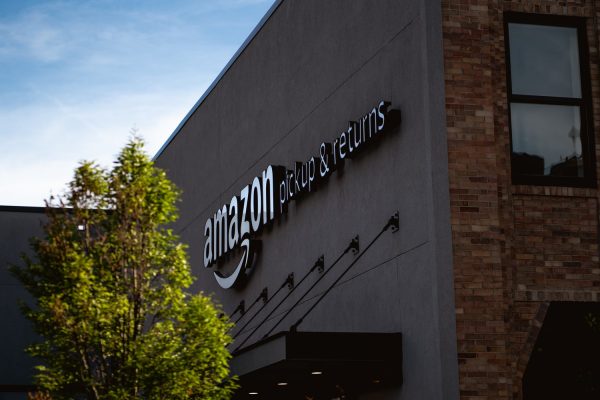

In 1995, Jeff Bezos launched Amazon as an online bookstore. Electronic shopping existed at the time but not to this degree. Amazon was not the birth of e-commerce, but it definitely the birth of the e-commerce we know today.
eBay and PayPal followed suit. The former was up and running in the same year Amazon began, while the latter launched in 1998. What makes PayPal different, though, is that it is an exclusive e-commerce payment system. Amazon and eBay planned to sell, but PayPal wanted to be the middleman.
By the 2000s, online banking companies would start sprouting. It took a while for them to convince people of their legitimacy, but the likes of Elon Musk grew from these efforts.
Small business owners were terrified of their big online competitions. Sooner or later though, they would become e-commerce business owners. Platforms like Etsy helped these people find their audience again.
E-Commerce vs. Social Commerce


This article is not about platforms exclusive to e-commerce. It is about the social media sites you can utilize for your e-commerce business, but before we get into that, you should know the difference between e-commerce and social commerce.
All social commerce is e-commerce, but not all of e-commerce is social commerce. The difference between the two is the use of social media. If you access your audience through social media platforms, then you use social commerce for your e-commerce.
Social media platforms were not built to accommodate online selling, but they are slowly moving in that direction. Their features and gimmicks can be used for your e-commerce business’s advantage.
8 Most Powerful Social Media Sites for an E-Commerce Business


There is no saying what Facebook can’t do: what started out as a social networking platform for college students became one of the most powerful figures of the 21st century.
It has over 2 billion active users and millions of advertisers. The Facebook e-commerce business game is tough to penetrate, but doing so will hit a gold mine. There are at least 60 million businesses on this social media platform right now, thriving. These select few know their way around the Facebook algorithm and use all its features (images, videos, stories, status updates) wisely.
Facebook is the #1 most powerful platform for those who want to get started on their e-commerce business. You can access it on your desktop, mobile, TV, and every other conceivable gadget you can think of. But because it is a ubiquitous platform, people may find it hard to stand out and make their names known. Still, it only takes knowing Facebook’s features to launch your e-commerce business.
Facebook Live


In the age of social media, everything is about personality. Facebook live is Facebook’s live streaming service, and anyone in the world can do it.
For those who want to get started on their e-commerce business, showing customers your personality and products through Facebook Live is a good way to do it. It will only take you, a camera, good lighting, and the products you are selling.
People vouch for people, not products. Later on this list, you will see that live streaming is not just a fad. Other e-commerce businesses on other platforms do it too.
Messenger


Messenger outgrew Facebook the moment everyone started using the platform on their smartphones.
If you do not know what Messenger is, it is Facebook’s messaging app. Since 2011 it has had a life of its own, with features that are exclusive to it. Throughout the years, Messenger has boasted features like newsletters, chatbots, and advertising for businesses.
Most Facebook businesses use these to engage with more customers’ queries and concerns. Others use this to get even more customers since it lowers customer acquisition costs.
Facebook Ads


Even though e-commerce businesses can be a cheaper business alternative for people, there is still no replacing good advertising.
Facebook offers different advertising bundles for e-commerce businesses. There are cheap and expensive options, depending on your business’ goals.
Either way, Facebook will boost your advertising and match it with potential customers’ data. Companies who invest in Facebook Ads find their efforts come back tenfold. Facebook Ads are like e-commerce business fertilizers.


The business influence Facebook has does not stop on its platform. Facebook-owned Instagram is another powerful social media site for your e-commerce business. It has over 500 million monthly users, and it is still growing.
A popular photo and video sharing social media app, Instagram lets visuals do most of the talking. While captions are great for photos, Instagram is mostly an aesthetic-driven platform. This is a challenge but a large opportunity for businesses.
Instagram is so popular in e-commerce, the site actually has a “business profile” option. You can schedule posts, analyze their reach, and acquire customers through boosted advertising.
As of recent, Instagram added features like IGTV and IG Live. These are gateways to longer videos, which is a bonus for anyone who cannot fit their gimmicks in a single post. These are also good features for behind-the-scenes exclusives.
Again, the more your audience sees your personality, the more you will get them hooked on whatever it is you want to sell them.
Shoppable Posts


On Instagram, your e-commerce business can use the “Shoppable Posts” feature.
This is best for those who sell clothes, decorations, and other aesthetic-driven products. With this feature, you can basically buy the products as you see them. People no longer have to consider buying a product then continue scrolling, forgetting what they wanted to buy in the first place.
Each photo will have “tags” that, once pressed, lead you to an on-page buying platform. You can buy products as you scroll through Instagram, it’s that easy.
IGTV


The next Instagram feature that e-commerce businesses should use is IGTV. As said above, it is a good platform for showing your brand’s look and personality. It shows the soul beneath the photos and videos, and it will get people hooked on your products.
IGTV can be quick bite-sized commercials for your business. If used properly, you will find that you can create collections of videos on it. It is all about your creativity.
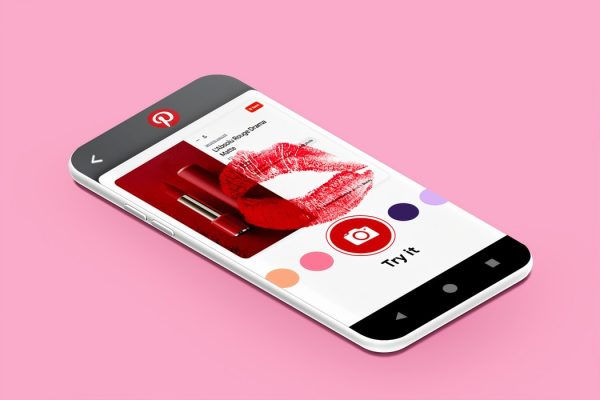

Pinterest is like Instagram but driven by mood boards and pins that shape a person’s lifestyle choices. From outfits to interior design ideas and even recipes, Pinterest is a powerful social media platform in shaping people’s decisions.
Like Instagram, Pinterest also has “Shop the Look” pins (or tags, if you are more familiar with Instagram lingo). Because of this feature, those on Pinterest can buy products directly and immediately. E-commerce businesses have found success in this feature.
People often disregard Pinterest and its influence on their e-commerce business. It is not the social media giant Facebook or Instagram are. Still, people on the platform may respond better to advertising. Pinterest is all about the lifestyle you want to achieve; no one is there to share wisdom or day-to-day photos. So, you may want to make a Pinterest account soon.


Everyone is on Twitter, and everyone talks on Twitter. It may be hard to get a word in the conversation, but the Twitter audience is an active bunch. That is a bonus.
With over 800 million users worldwide, Twitter is one of the most powerful social media sites on the planet. Your e-commerce business will thrive the moment it reaches even just 1% of this 800 million.
Unlike Facebook, Instagram, or Pinterest, Twitter is all about short witty remarks. Its audience is used to having a character limit, so users have to get to the point right away. Also, that point has to spark enough emotion for them to respond, retweet, or drop a like.
This makes Twitter a good gateway for sharing information about your products. You can also have gimmicks at the ready, creating viral content around your products. By doing this, you create a customer base that feels like they can reach you.
Customer Service


Twitter is a great platform for your customers to reach you directly. Most e-commerce businesses use Twitter for promotional gimmicks, but others also use it as a customer service platform.
No one can tell when a post will go viral on Twitter, but most customers can go viral for praising or criticizing a business. If you make your business present and attentive, people will be enamored in checking out what your business is about.
Twitter customer service can be both professional and casual, depending on how you want your audience to perceive you. What is important is an audience has perceptions of you, and on Twitter, you want them to be strong ones.
Tweets/Threads
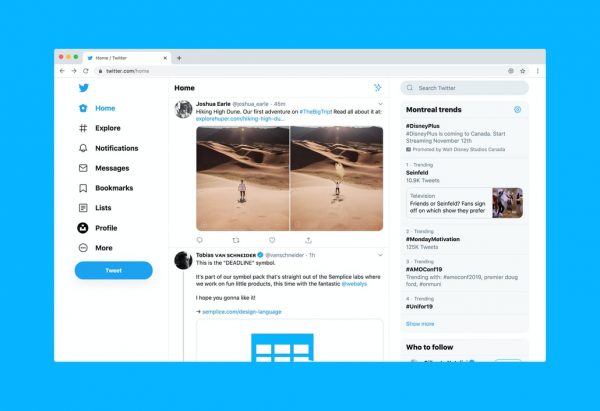

On the topic of viral content, some e-commerce businesses look to Twitter threads for promotions. If you do not know what “threads” are, they are basically interrelated tweet replies. This is usually from one person only, but it varies.
These can be done by any account, but sometimes there will be a stream of viral tweets that you cannot help but capitalize on.
Your e-commerce business can use a viral tweet or thread as leverage. This need not be yours, just contact any creator you want to promote your products. At the bottom of each tweet or thread, you will find a link to an online shop or the like.
Snapchat


Snapchat is perfect for e-commerce businesses that want to tap into the 17-25 market. It is a personal look into the life of your business, as well as a good way to tease any products you have coming.
For example, prior to Kylie Jenner’s launch of Kylie Cosmetics, she teased the lipstick production to her growing audience. Because of this, she sold out her now-famous lip kits in a matter of minutes.
Snapchat is a great launching pad, but it is also good for keeping your audience on their toes. As they wait for the next release of products, remember to keep them a part of your process. Tease them content that will keep them wondering. The Snapchat strategy is to remain personal. Not a lot of e-commerce business owners have tapped into Snapchat yet, so you may want to get ahead of the competition.
In 2018, Snapchat partnered with Amazon in launching “Collection Ads.” Through this, many e-commerce businesses thrived and sold their products. No one knows what Snapchat can do next, but they are up to something big for e-commerce business owners.


LinkedIn is a powerful platform for building your e-commerce businesses because it creates your network. You meet people with similar business natures, and you can work together in achieving your goals.
LinkedIn is a platform for employers and potential employees. You can also build your company on LinkedIn. What’s great about the platform is that it has a “Vender, Supplier Identification” feature. It helps you in making connections that are legitimate.
You can also post on LinkedIn, giving your connections and followers a feel of your brand’s principles and virtues. Another great thing about this platform is that it links to your other social media accounts. From this feature, you can meet new people and have them connect with you through your other platforms. It gives people a chance to get a deeper understanding of your brand.
YouTube


The world watches billions of hours of YouTube content daily. These videos can come from professional (verified) channels or from random people, the YouTube audience does not care. As long as the content you produce is good, your subscribers, likes, comments, and share counts will follow.
Advertising long videos of your products to a large audience can only best be done via YouTube. To increase the reach of your platform, you should consider targeted advertising. People may be intimidated by the idea of this, but YouTube is the second largest search engine in the world: it will reach the people you want.
Your e-commerce business will grow if you know how to grow your YouTube audience. A word of caution, though: you must know what audience you want to attract. YouTube has a lot of niches and categories, and you do not want your product to get lost in that sea of video content.


The last most powerful social media platform on this list is WeChat. As many of you may know, WeChat is popular in China. So popular, in fact, that it has one billion active users. Think of it as China’s Facebook, since Facebook is banned in the country.
Since it holds Facebook-like power, WeChat diversifies its features. From being a simple messaging app similar to some encrypted messaging apps, WeChat has become a multi-use platform. It is especially great for e-commerce business people. It’s even grown to having its very own in-app payment system called WeChat Pay, which is a good alternative for Apple Pay and PayPal.
One of WeChat’s features is the direct selling of products on the platform. WeChat users can buy and sell products efficiently as they scroll through the app.
It may be daunting to join WeChat especially if you are not familiar with the platform, but this social media app is your best ticket to going international. If you are at the point of taking your e-commerce business internationally, look into WeChat.
There is no need to register your business in China either. Bringing your e-commerce business is easier than you think.
E-commerce Accounts on WeChat
WeChat has three types of e-commerce accounts for e-commerce business owners. The first is the enterprise account, exclusive for organization management. You cannot use this account to advertise or market your products; all the work is supposed to be internal. You may want to get this account for organizing different activities.
The next type of account is the service account. Through this, you can send four messages per month to every user. You can schedule your promotional posts and messages with a service account, but use them wisely.
The last type of account is the subscription account. With this label, you can send one message per day to as many people as you would want. This makes aggressive advertising and marketing easier.
Mini-Programs by Brands


Perhaps the most significant addition WeChat has to e-commerce is mini-programs. These are basically small apps within the WeChat app that are run by businesses. You can get to them by opening the WeChat app first.
Once these are opened, customers are greeted with a new interface inside the same social media platform. This makes customers get to know your brand more, use your products, and even buy more. It can also keep them satisfied: Tesla has a mini-program that locates charging stations all around China.
These keep customers interested and engaged. It is also a good gateway to the latest promotions and discounts.
Tips and Tricks for a Successful E-Commerce Business
Use Tags and Hashtags


When you use tags and hashtags, you are creating brand legitimacy and easier search options. In the age of social media, people want to get things done quickly: people do not like waiting around. People also like scrolling through different pages.
Tagging people makes people take a glimpse of your e-commerce brand’s connections, principles, and values. Using hashtags, make people take a glimpse of you far quicker than they would have otherwise. By using these, you keep eyeballs glued to your e-commerce business.
On social media, it is important to have people looking, and it is far more important to make them keep looking.
Respond to Good and Bad Reviews


As mentioned above, it is very important for people to engage with e-commerce businesses. Social media thrives on interactions, and this changed marketing and advertising for good. People are quick to voice out their opinions now, and it is your duty as an e-commerce business owner to be present for them.
The way you respond to them will reflect your brand’s personality and credibility. So, you better respond to reviews of all types, whether good or bad. Remember that if only positive feedback is getting through, people might question your brand’s professionalism. People often think reviews can be manipulated.
When you do get a bad review, respond with grace and humility. This will reflect positively on your brand.
Get Bloggers and Influencers to Help You


In social media, you are only as good as your connections. Getting bloggers and influencers to promote your product and brand is a quick way to get new (and active) customers. It is a bonus if their content reflects yours. For example, if you are selling clothes, it is best if you use a model to promote your product.
Influencers grow their connections and so do you. Doing this creates a win-win situation.
Post Photos and Videos to Generate Higher Engagement Rates


Social media encourages things to happen in an instant, and people are used to this. This is why our attention spans are shorter, and this is why we tend to read less than we did decades ago. People want bite-sized pieces of information, and blocks of text will not do that.
Photos and videos have high engagement rates because they feed active minds. These do not bore people easily. So, it is best to use as much as you can in promoting your e-commerce business. It gets people hooked on your brand and aesthetic, and makes them digest brand information.
Promote Your Business on Your Personal Account


Especially for small e-commerce business owners, promoting your products on your personal social media accounts can be embarrassing. However, it is best if you do promote them to your immediate family and friends because they are your closest sphere of influence.
They are your first customers, and you should tap into that market as soon as you can. Your business will grow as your family and friends help you grow it. With each like, share, and subscribe, your brand becomes more and more known.
Do not be shy about wanting your business to succeed.
Invest in Paid Promotions
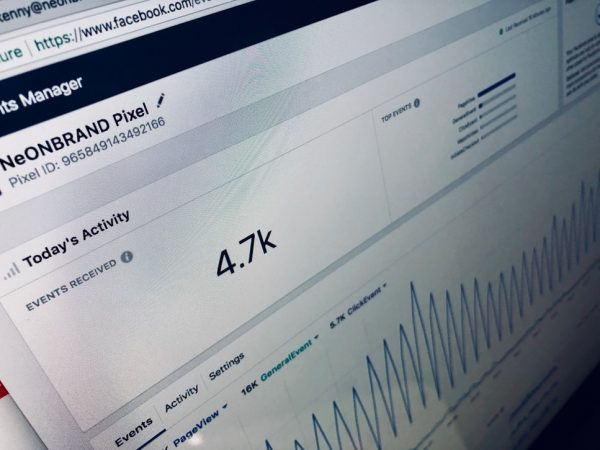

Though already mentioned above, paid promotions are one of the best ways to boost your clout on social media. Before you do this, ask yourself what your e-commerce business is promoting and what it wants to achieve. By doing this, you have a clearer idea of what audience you want to penetrate.
Knowing your audience now shapes the promotions you want to make. It also affects the advertising you will do. You want to promote something highly visual? Use YouTube, IGTV, or Snapchat. Is your product of any aesthetic value? IG and Pinterest are the ways to go.
There are many different avenues for you to promote your products. What is important is that you decide on which people your product gets to. You want a loyal audience, at the end of the day.
Join Discussion Forums


While Facebook and Twitter may be the modern-day discussion forums we never wanted, it is still smart to join actual discussion forums. If your products are for a more geeky audience that is fueled by conversation, then join some.
Often on discussion forums, you will find people deciding on something. What’s the best robot vacuum? What are the best hard drives? Who is the best virtual assistant? Such questions can be easily answered by other users on forums.
From the questions you find, you can plug your own products. This shows that your brand listens to customers, and it shows people that you are grassroots with your business approach. Think of it as a type of “door-to-door” advertising.
Remember to do this with caution, though. People are turned off by guerilla advertising, and it is best that they see you as a friend and not a predator.
Use Video Strategies


Learning how to grow a YouTube audience takes work, especially with its ever-changing algorithm. Better late than never though, since video streaming platforms like YouTube can only keep growing.
Let your e-commerce business join in on this growth; the YouTube audience should not be left untapped. Knowing what it takes to make a thumbnail, or how to keep videos dynamic are a must.
Remember everyone wants in on the fun of online videos. Growing loyal audiences is best done on YouTube, so make sure your e-commerce business stands out from the rest.
Increase the Number of Followers You Have


On the topic of growing an audience, it is not a surprise that this is the common theme across all social media platforms. For e-commerce business owners especially, the larger following you have, the more perks you enjoy.
An example of this would be on Instagram. When you have over 10,000 subscribers on the platform, you will be able to add links to your stories. This makes buying and selling all the more easy, as everything happens in one swipe.
Have a Distinct Social Media Presence


Next, you cannot grow a following if your followers do not have a clear idea of what you are and what you offer. On platforms like Pinterest, for example, people want to get to a certain lifestyle. Your brand will only be a part of that if they know that you fit with their own personalities.
A distinct social media presence is key to being a cut above the rest. For more context, you can check out Wendy’s Twitter account. They have a casual and meme-driven approach to their posts, making them an instant follow for younger audiences.
Do Remarketing


E-commerce businesses compete with each other in getting the attention of their audiences. Social media is accessible to everyone, making it both easy and difficult to keep audiences looking at you. Remarketing is a way for your brand to connect with people who scroll through your page or products.
Because everything in social media is fast-paced, people tend to move on to the next best thing. By remarketing, Google will place your ads around people who have shown interest. This strategy increases awareness around your brand, too.
Know Your Audience


This goes for any project, but especially for e-commerce businesses. Knowing your audience is a must. Since social media is full of gimmicks, memes, and buzzwords, you need to know what audience you are going for before you promote anything.
If you are going for a younger audience, platforms like Twitter, Instagram, and Snapchat may be your best options. It is important to know where your target age groups scroll.
Focus on One or Two Social Media Channels


After knowing your audience, it is best for you to narrow down your social media choices. As an e-commerce business, you do not have to sell on every platform there is. This goes especially for people with age-specific products.
So, learn about the different social media platforms above and take your pick. There is no one right platform, sometimes there are two. The idea behind this is to not be the jack of all trades, master of none.
Social Media and Your E-Commerce Business
There is no denying that getting an e-commerce business off the ground is a tough job. Billions of people flock to social media every day and it is to keep their attention. However, there are many ways you can use social media to your e-commerce business’s advantage.
It will take some practice and some getting used to, but social media is a goldmine for advertising and marketing. Your efforts will pay off.















